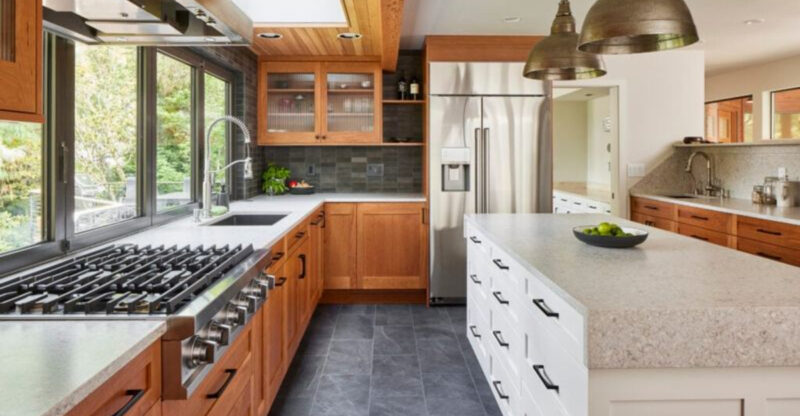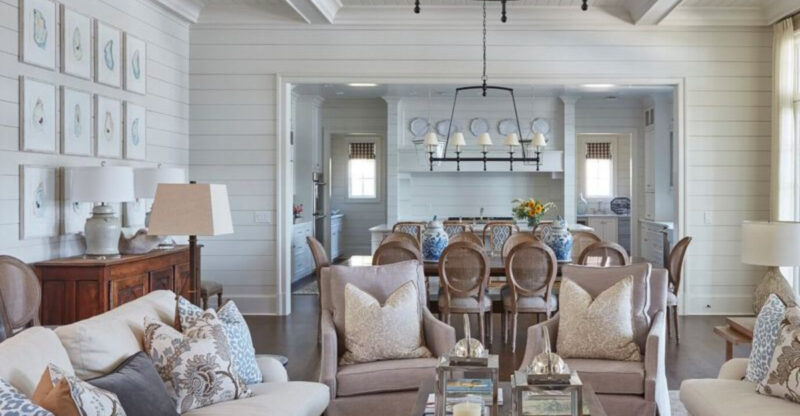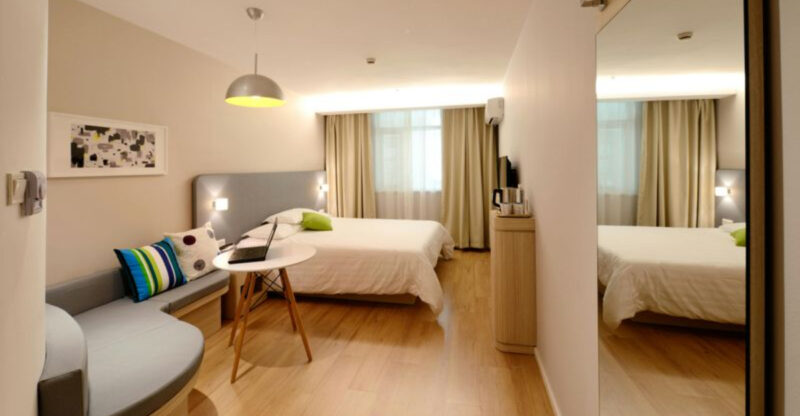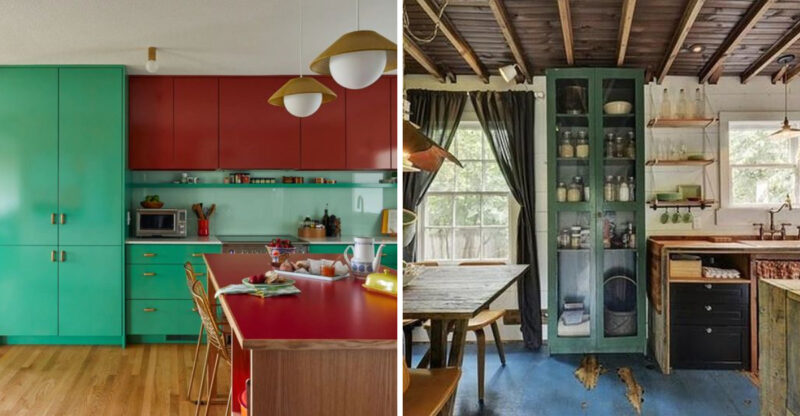Rooting For Indoor Jungles
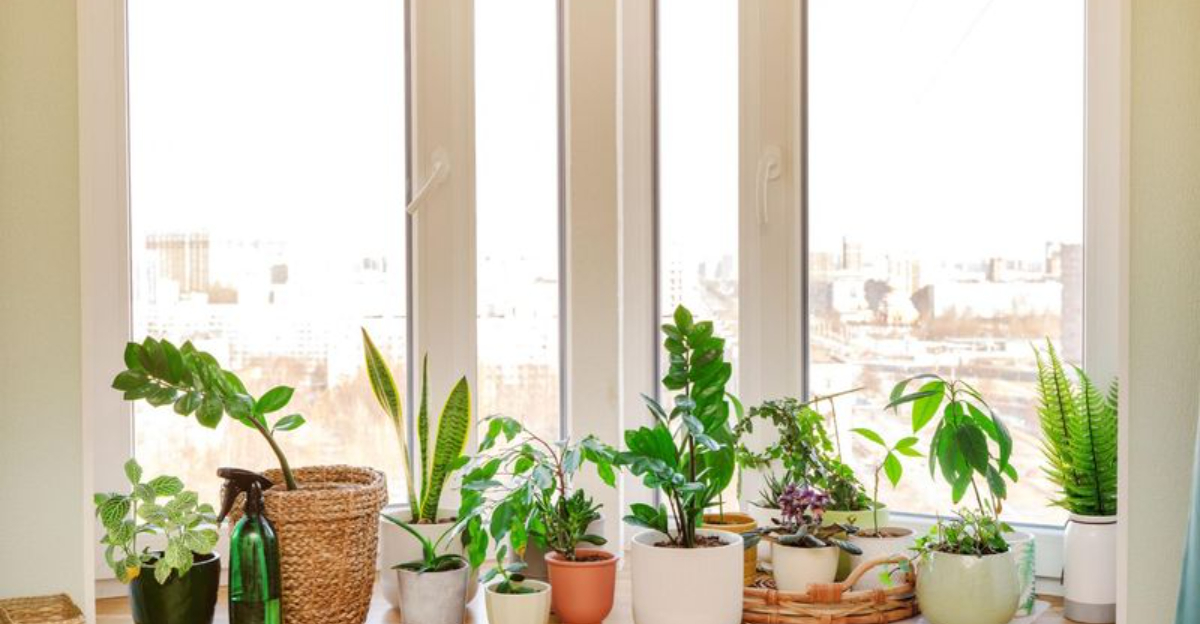
Ever wondered why everyone’s suddenly obsessed with turning their living rooms into mini rainforests? I’ve watched houseplants evolve from occasional windowsill decorations to full-blown indoor ecosystems in recent years.
Plants breathe life into our spaces, literally purifying air while adding texture, color, and a connection to nature that our screen-filled lives desperately need. If you’re considering joining the plant parent revolution, here’s how to create your own thriving indoor jungle.
1. Start With Plant Babies That Won’t Throw Tantrums
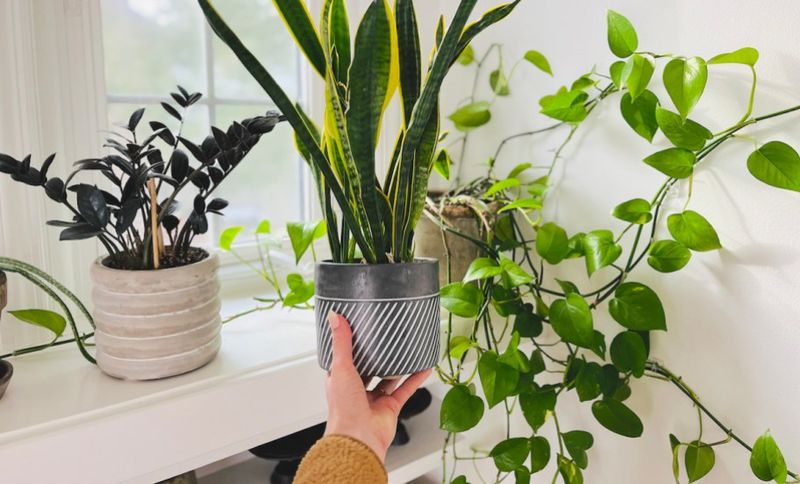
Beginners often lose plants faster than they can learn their Latin names! Choose resilient varieties like pothos, snake plants, or ZZ plants that forgive occasional neglect.
My clients always laugh when I tell them these plants practically thrive on abandonment. They’re perfect for busy people or those who previously believed they had “black thumbs.”
Where other plants demand perfect conditions, these tough cookies adapt to inconsistent watering and various light situations without dramatic leaf-dropping protests.
2. Layer Your Greenery Like A Forest Floor
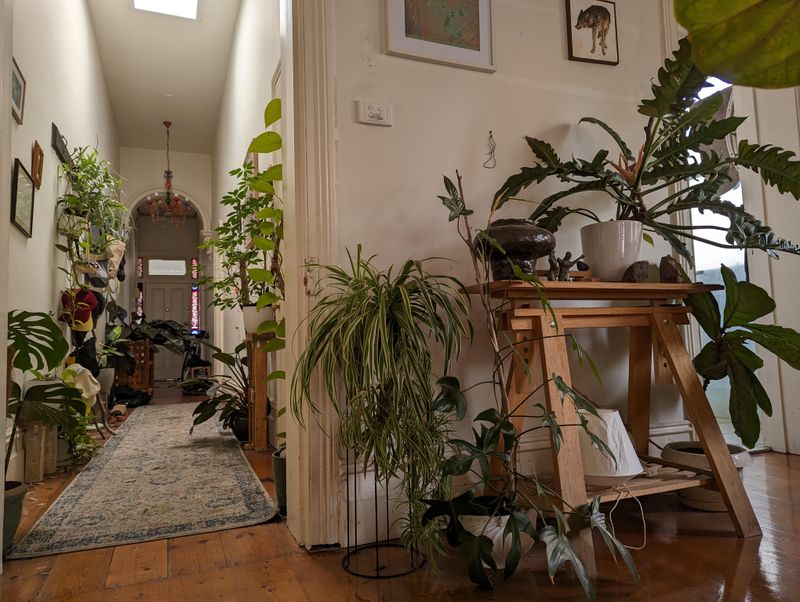
How boring would forests be if all trees grew to exactly the same height? Create visual interest by combining tall statement plants, mid-level bushier varieties, and trailing vines.
This multi-level approach mimics natural ecosystems while drawing the eye around your space. Tall fiddle leaf figs or bird of paradise plants make stunning focal points.
Mid-height plants like calatheas fill in gaps, while pothos or string of pearls cascade beautifully from shelves or hanging planters, adding movement and softness.
3. Pots With Personality Transform Plant Collections
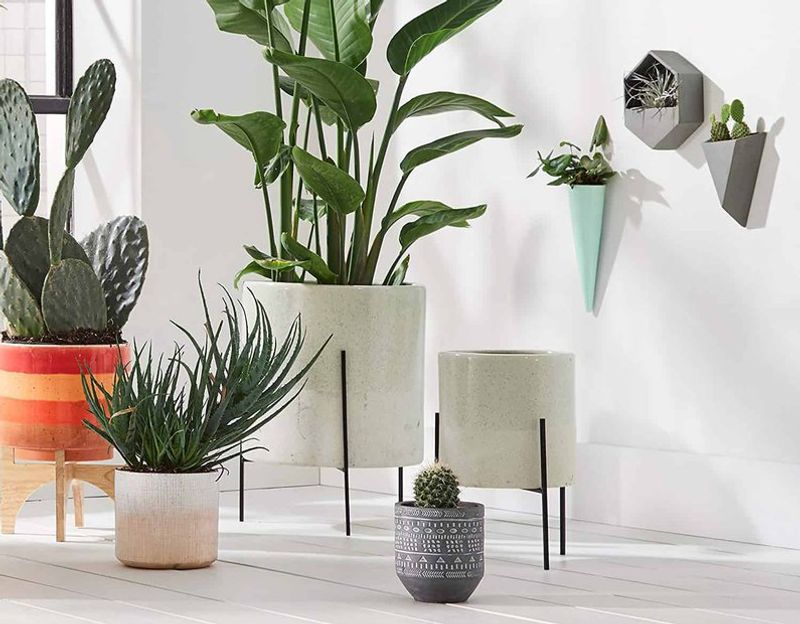
Though plants themselves are gorgeous, their containers determine whether your jungle feels cohesive or chaotic. Mix textures like ceramic, woven baskets, and concrete while maintaining a limited color palette.
It’s like styling outfits, the right accessories elevate the whole look! Thrift stores often hide perfect vintage planters waiting for new leafy residents.
When selecting containers, remember that drainage holes matter more than looks. Beautiful pots without proper drainage lead to root rot, though cachepots (decorative outer containers) solve this dilemma nicely.
4. Create Micro-Climates For Fussy Green Friends

If you’ve fallen in love with drama-queen plants like ferns or calatheas, you’ll need to recreate their native habitats. Humidity trays, pebble-filled saucers with water, or small humidifiers work wonders for tropical varieties.
Grouping plants together naturally increases humidity as they release moisture through transpiration. Think of it as creating plant neighborhoods where similar species support each other!
Bathrooms make perfect homes for humidity-lovers, while succulents thrive in bright, dry spots that would challenge other varieties. Match plant needs to your home’s natural conditions.
5. Feed Your Jungle Without Breaking The Bank
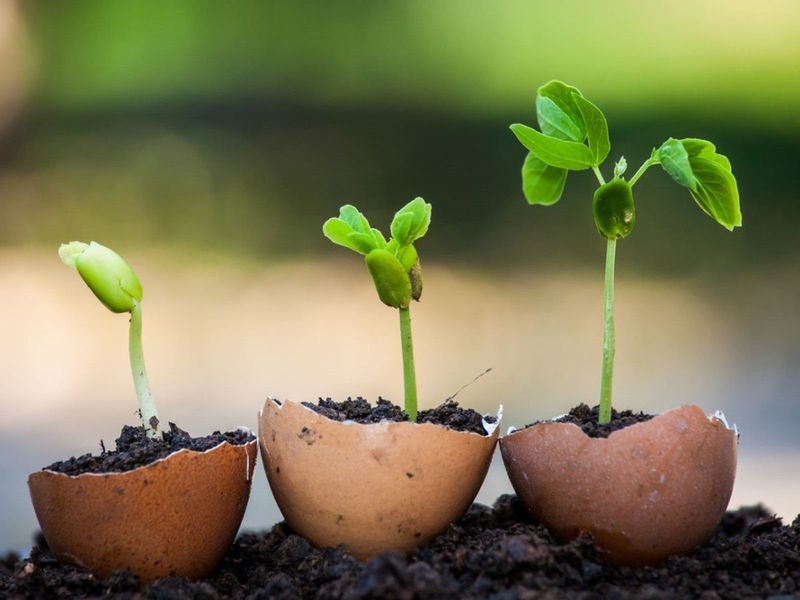
Did you know coffee grounds, eggshells, and banana peels make excellent plant food? Before spending fortune on fancy fertilizers, try these kitchen scraps to nourish your green babies.
Diluted aquarium water works magic on houseplants thanks to its nitrogen-rich properties. For those without fish friends, compost tea (soaked compost water) provides similar benefits.
When repotting, quality soil matters more than expensive plant foods. Invest in good potting mix appropriate for your plant types, cacti need different soil than tropical varieties.
6. Light Mapping Your Living Space
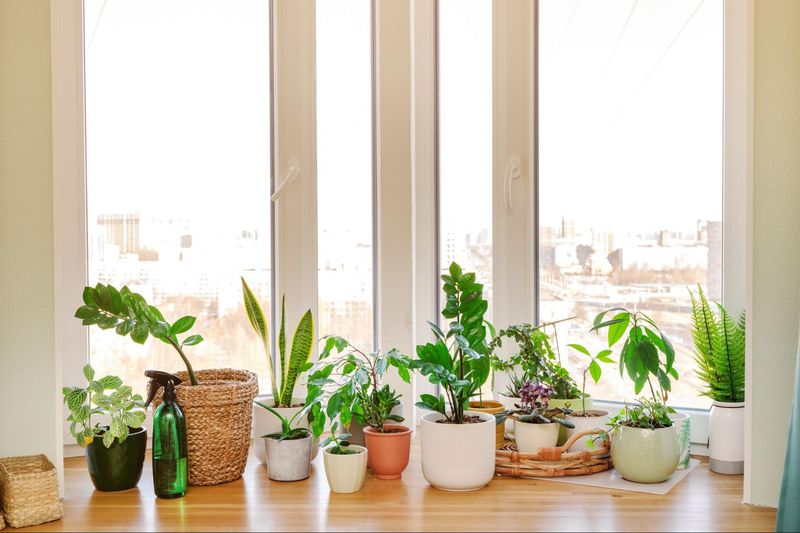
Every successful indoor jungle starts with understanding the sun’s daily journey through your home. Grab a notebook and track sunny spots throughout the day.
South-facing windows typically offer bright light perfect for sun-lovers like fiddle leaf figs, while north-facing windows provide gentle conditions for shade-tolerant plants like peace lilies.
Don’t worry if your space lacks natural light! Strategic placement of mirrors can bounce light deeper into rooms. For particularly dark corners, grow lights have become affordable and stylish options that blend with your decor.
Remember that seasonal changes affect light patterns too. A window that’s perfect in winter might roast your plants come summer, so be ready to shuffle your green friends as needed.
7. Creating Humidity Zones For Tropical Treasures
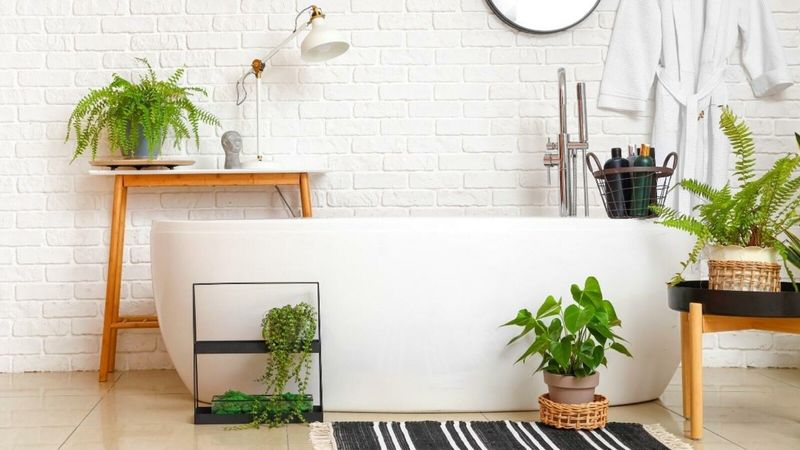
Tropical plants crave moisture in the air, not just in their soil. Group moisture-loving plants together to create their own little microclimate, they’ll share humidity like good neighbors sharing sugar!
Small humidifiers tucked between plants work wonders, especially during dry winter months when heating systems zap moisture from the air.
Pebble trays offer a simple solution, too. Fill a shallow tray with stones, add water just below the stone tops, and place plant pots on top. As water evaporates, your plants bathe in rising moisture without wet feet.
Bathrooms and kitchens naturally collect steam, making them perfect homes for humidity-hungry plants like ferns, calatheas, and orchids.

